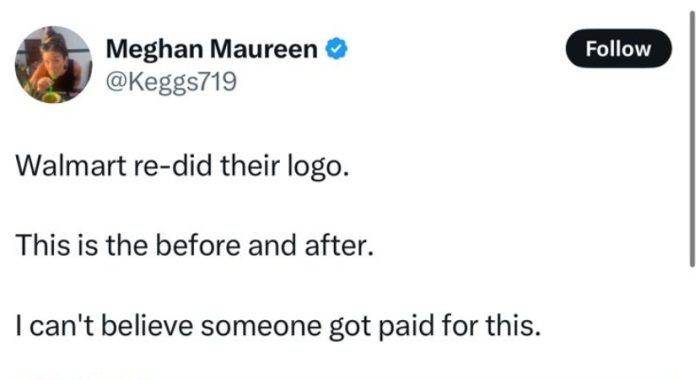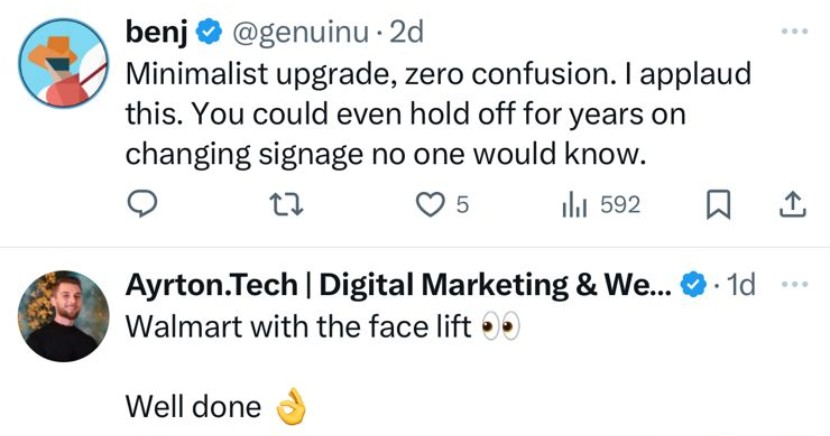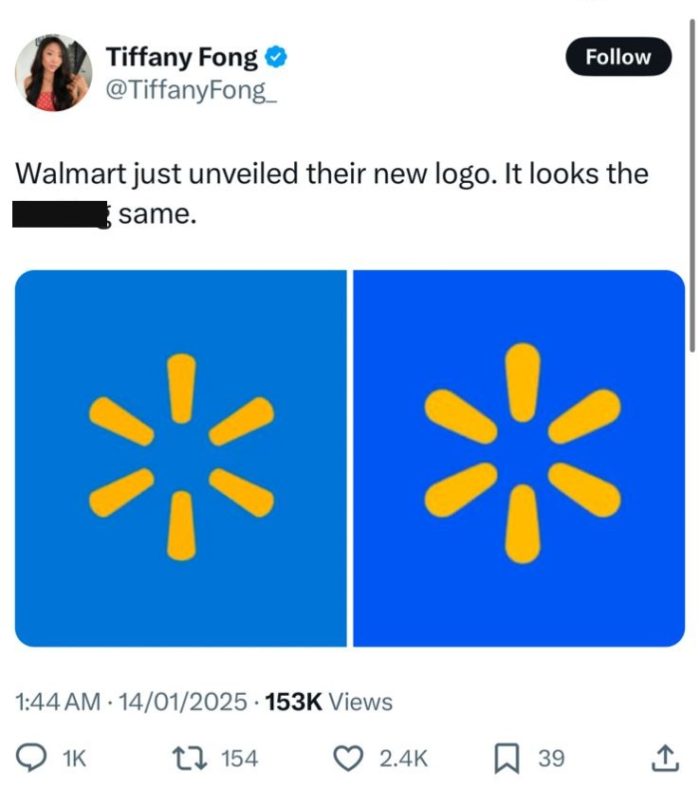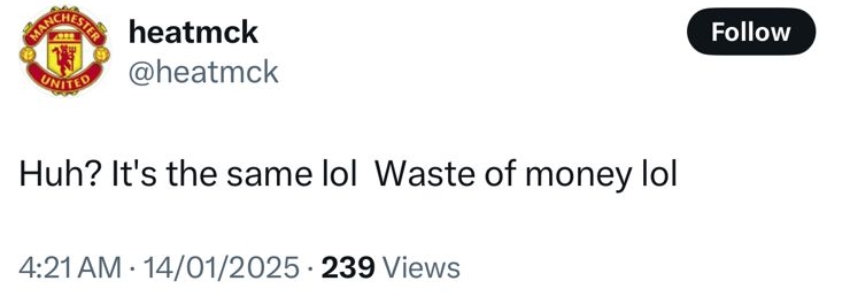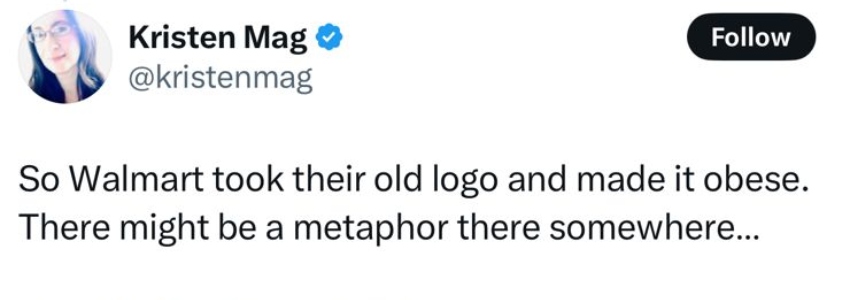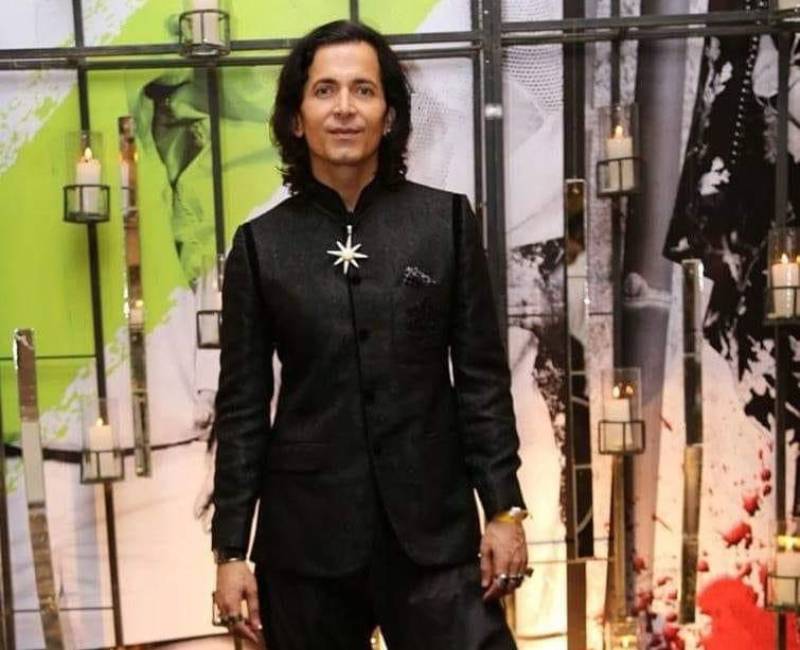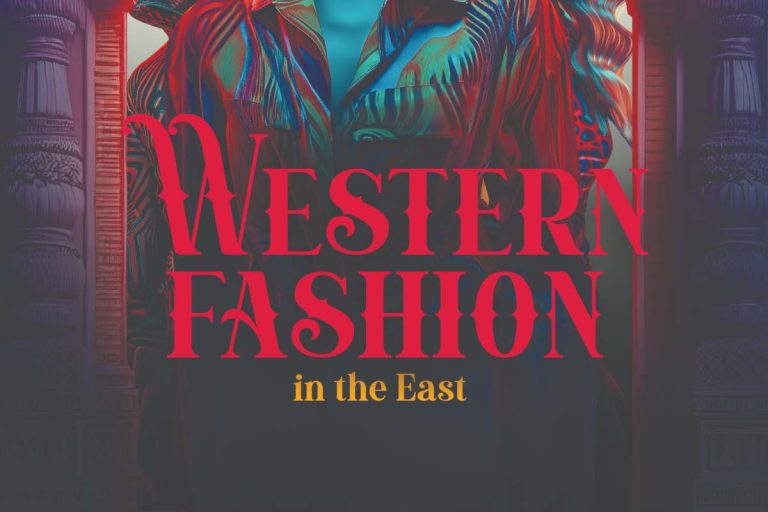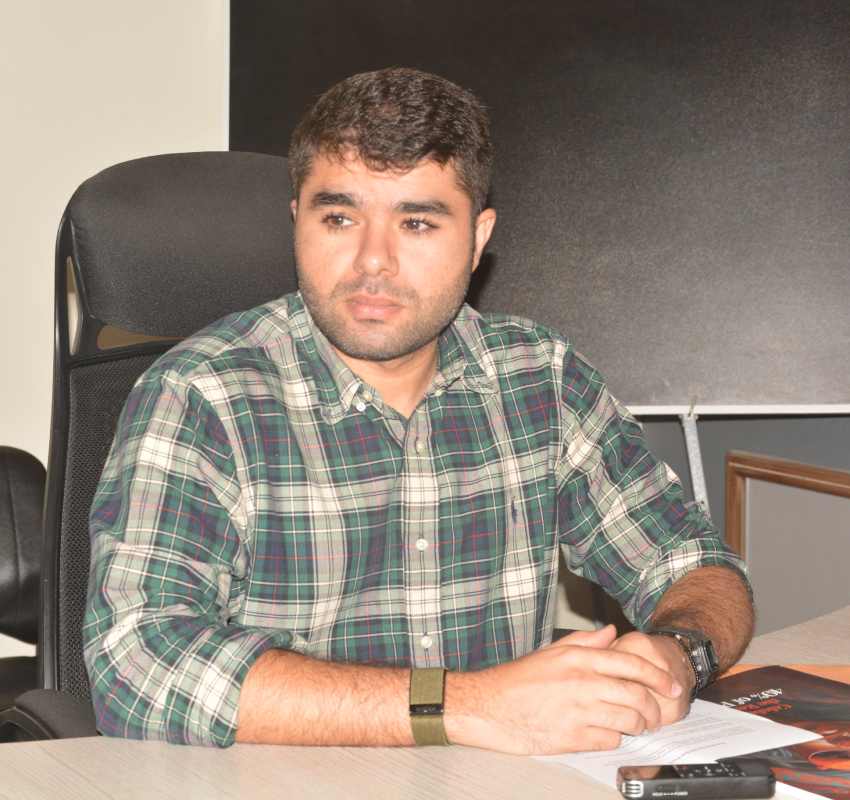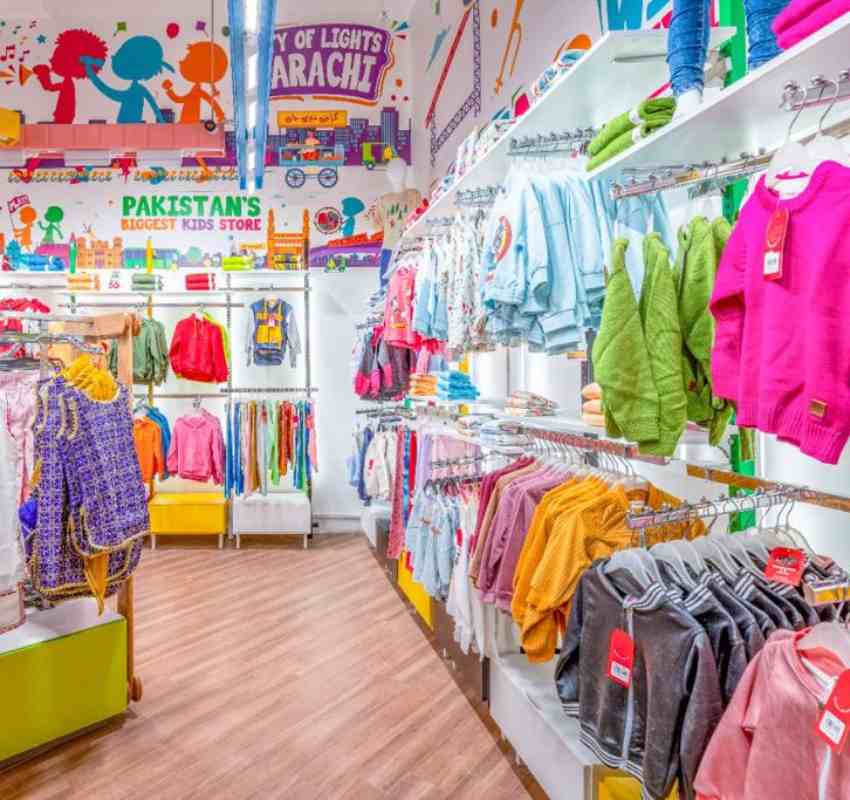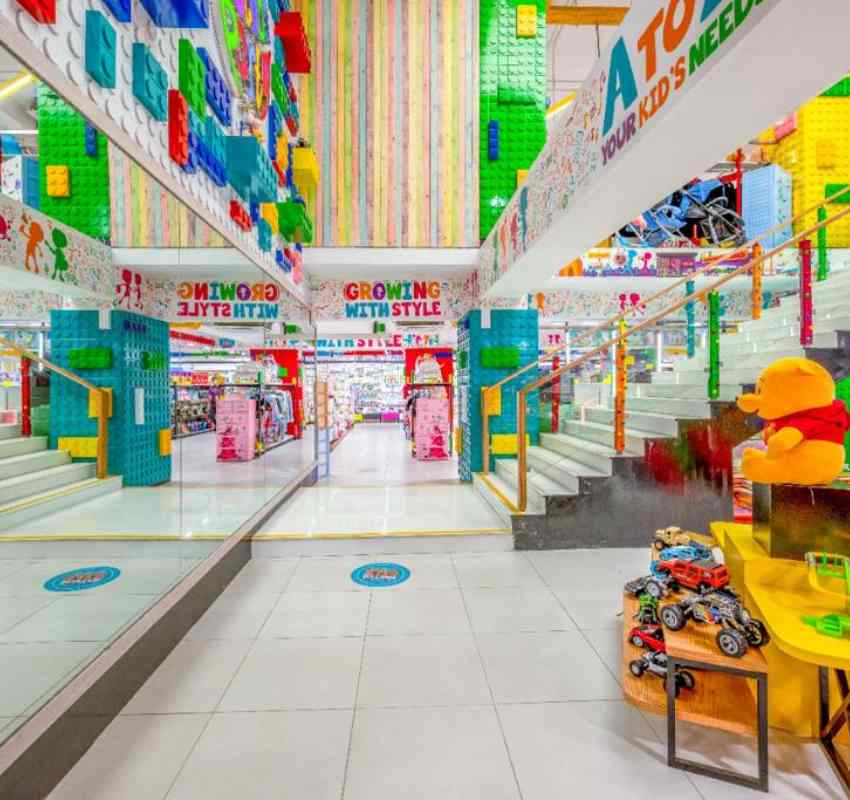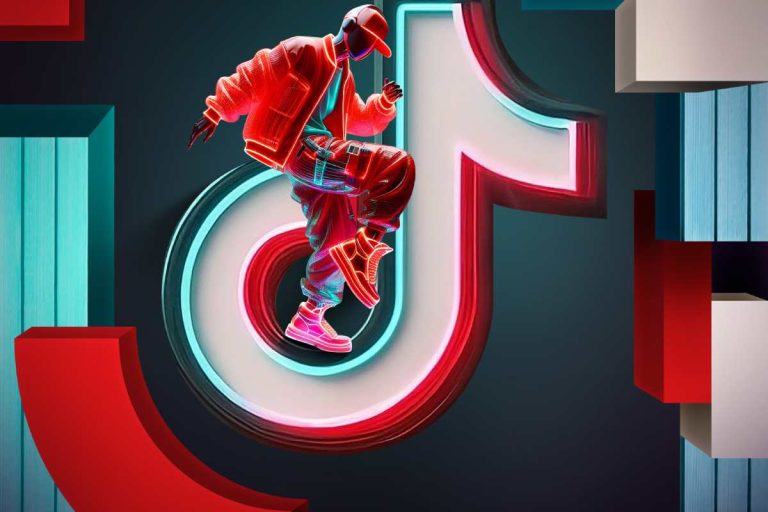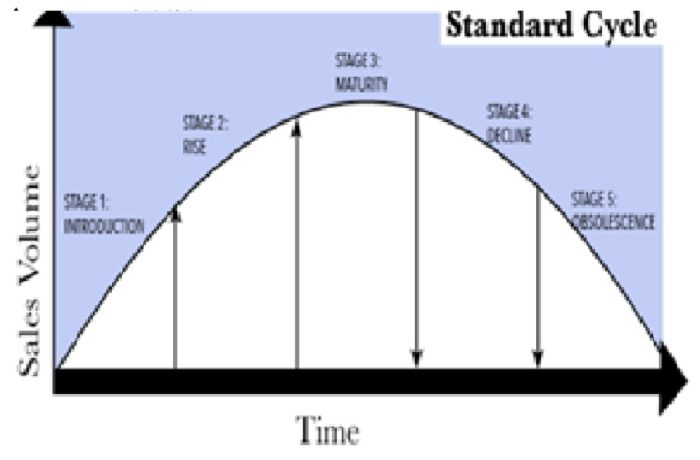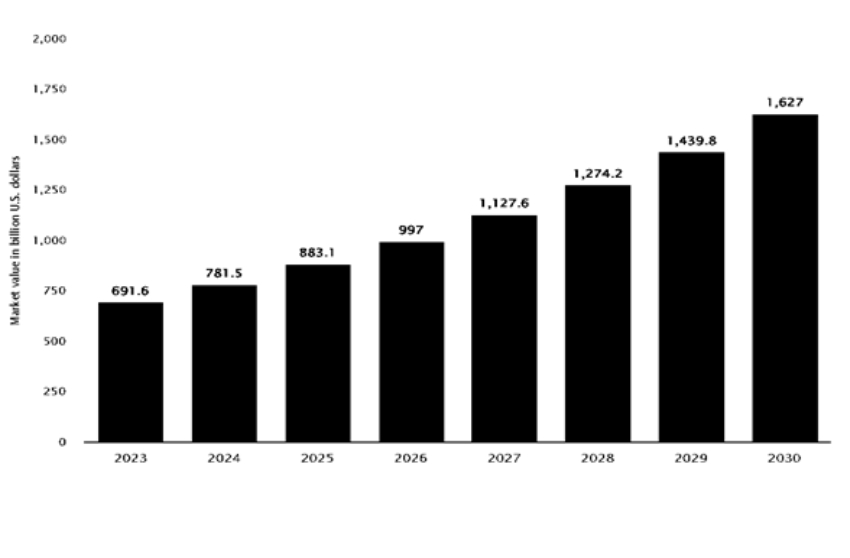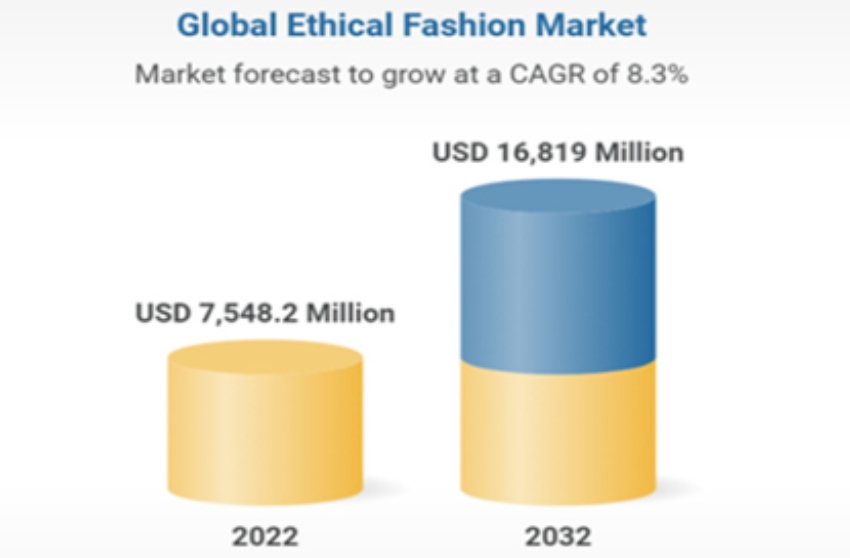Gen Z is the second youngest generation, between millennials and Generation Alpha, they are also the largest in number in Pakistan, almost 60% of them. Yet the most neglected, in terms of fashion, choices, attention and even opportunity. Gen Z is smart, digitally aware and more exposed to global fashion trends and is asking for trendier Western wear. For this issue, some young adults have contributed their views on the market of Western clothing in Pakistan and how they feel about it.
Insha Bachlani
Creative Manager, Age 25
For years, we’ve looked to international brands like Zara, H&M, and Mango to satisfy our Western wear cravings. And let’s be real—when it comes to fashion, Gen-Z in Pakistan has always been about expressing individuality, mixing trends, and making bold statements. But guess what? The game is changing, and local Pakistani brands are stepping up, big time. It’s happening right here with our own homegrown brands.
We’re talking about Ethnic, Sapphire West, Khaadi, and other brands that have started to fill the gap in Western fashion, and honestly, some of their collections are rivalling the big names from abroad.
So, why are we still overlooking what’s right in front of us? Let’s dive into the hidden gems of Pakistan’s Western fashion scene and how they’re making Gen-Z their ultimate target.
Ethnic – The new fusion trendsetter in town
Scrolling through Instagram, you might have noticed something interesting: Ethnic, a brand that’s known for its traditional, Pakistani clothing, has been seriously levelling up its Western wear game. The fusion styles they’ve been dropping recently? Well, they look a lot like what Zara and H&M are showcasing globally—but at a fraction of the price. They have a wonderful Eastern style yet Western cuts, making them more digestible for people just dabbling into Western clothing.
So, here’s the question. Why aren’t more people noticing? Maybe it’s because we’ve been conditioned to believe that Western fashion has to come from the West. But Ethnic is proving that homegrown brands can nail the aesthetic too—without the hefty price tag.
Sapphire West – ‘Athleisure meets casual chic’
Next up, Sapphire West. While Sapphire has always been a go-to for traditional outfits, their Western line is giving major Gen-Z vibes. From trendy co-ord sets to casual tees and solid button downs, Sapphire is all about creating a Western wear line that doesn’t compromise on style. They’ve tapped into the ‘athleisure meets casual chic’ trend, which is pretty much what we live in as Gen-Z. And let’s not forget the quality. Sapphire’s clothes aren’t just stylish; they’re built to last. When you’re spending your hard-earned cash, you want something that looks good and feels even better. The brand is managing to check both those boxes, making it a favourite for everyone who wants to stay on trend.
Khaadi – The OG that’s keeping up
Khaadi has always been a big player in Pakistan’s fashion industry, but recently, they’ve taken Western wear to another level. Their collections have evolved from being all about kurtas and traditional designs to offering more Western-inspired fits like casual tops, trendy pants, and modern dresses. What’s cool about Khaadi is how they blend global trends with a unique Pakistani twist, making the outfits stand out. Khaadi is also nailing the “sustainability meets style” approach. All of us can agree on the fact that Gen Z is super conscious about where their clothes come from, hence being big on ethical fashion. Khaadi’s focus on responsible sourcing and eco-friendly fabrics makes them even more appealing to the generation.
So, what’s changed?
Local brands like Ethnic, Alkaram, Sapphire West, and Khaadi are finally making a dent in Western wear. Let’s be real, not everyone can drop 10 grand on a Zara jacket or fly out to buy H&M. Local brands are offering trend-driven pieces at prices we can actually afford, making them way more accessible for Gen-Z. These brands are no longer just relying on traditional marketing. They’ve stepped up their social media presence, collaborating with influencers and creating campaigns that young people can actually resonate with. Generation and Ethnic, in particular, are killing it on Instagram with posts that speak to our love for casual street style and with clever storytelling, making them memorable and shareable.
Local brands are now faster than ever at picking up on global trends and making them available locally and before the trend dies out, which is always a plus. Whether it’s oversized fits, monochrome palettes, or streetwear aesthetics, these brands have their fingers on the pulse of what’s trending globally and bringing it straight to our shopping carts.
At the end of the day, Pakistan now has great Western fashion brands, but they need more love. As Gen-Z, we’re all about expressing ourselves through fashion, and local brands like Ethnic, Sapphire West, Alkaram, and Khaadi are finally giving us options that match our style. Sure, there’s still room to grow, but let’s give credit where it’s due. These brands are stepping up, providing trendy, affordable, and locally sourced options for a generation that’s always on the hunt for something fresh.
So, next time you’re eyeing that Zara top or H&M dress, maybe check out what Pakistani brands have to offer, big or small. You might just be surprised by how good local fashion has become.
Muhammad Yousuf
Social-Media Executive, Age 22
It’s important to understand that the fashion industry in Pakistan has focussed heavily on traditional clothing in the past. Nonetheless, the young Gen-Z are demanding more varieties and styles, including the Western fashion but the market is still untapped where only a few brands are attracting this population in the local market.
Why is Western fashion not booming in Pakistan?
There are numerous reasons why established western fashion brands have not quite set about the Pakistani market and a lot of it can be attributed to the dress code. The Statista report reveals that the overall percent of the shalwar kameez and other traditional clothing occupies more than 70-80% while the rest of the 20-30% is for western styled apparels. When it comes to everyday clothing in many cases, men and women continue wearing traditional, and while populous big cities may have a greater latitude towards western styles, this is relevant to small sized cities where traditional apparel is still the norm.
Western influences are perceived as more dominant in the urban sector leaving little influence in rural zones which constitute approximately 62.7% of the population in Pakistan (World Bank, 2022). The absence of western menswear in Pakistan is attributed to the cultural divide of the densely rural areas, urban areas, and religion. If these social and cultural differences are not addressed, Pakistan’s menswear market fails to present a real western fashion perspective.
Low production for Pakistanis
Although Pakistan is one of the largest producers of textiles in the world, most of the manufacturing that takes place within the company is for export or for basic garments that aren’t in demand in this region such as conventional Western wear. Pakistan Bureau of Statistics indicate that 65% of the total exports from Pakistan are apparel and textiles, yet a small percentage is focussed on producing western clothes that would be sold within the country. Local brands like ‘Hanger Pakistan’, ‘Groovy Attire’, and ‘Black and White’ are striving to fulfill this increasing demand. For instance, Hanger Pakistan directs its products towards Gen Z through oversized loungewear, minimalist looks, and tech-wear, while Groovy Attire specialises in streetwear. Black and White specialises in both formals and casual wear.
Is the marketing enough?
A recent survey showed that 89% Pakistan’s Gen Z’s use the internet daily and 76% use social-media apps frequently, making them the ideal platforms to reach the group that comprises over 60% of the total population. However, the presence of many local western wear brands lacks a strategic approach to digital marketing. Many brands such as Hanger Pakistan and Groovy Attire mainly use social-media to access the consumers, but the coverage is restricted. This is made worse by the fact that, out of the total Gen Z users, 85% get easily frustrated by adverts that interrupt their activities online. Further, 72% claimed they lose time either responding to or ignoring advertisements and finally, 70% claimed that most of the online advertisements are not valuable to them. These results highlight a significant problem that brands keep ignoring. 85% to be exact, choose the option of skipping video ads and 67% even uninstall the applications that have too many advertisements. This implies that brands must shift their approach from interruption to communication, to be able to attract the digitally literate generation.
Are the choices enough?
There is still a general lack of representation of professional and formal Western attires more so for men. However, there is an increasing trend of brands that opt for what can be described as ‘old money’ where there is a focus on simplicity and elegance in dressing, there are only a few locally owned clothing brands that offer such styles. This creates a big market gap especially for the business responding or the male gender who wants to or needs to look professional and formal. Euromonitor International’s 2023 Global Consumer Trend Analysis for Pakistan pointed out that more than half of the Gen-Z population is unhappy with the lack of choice and quality of professional and formal western wear.
Bridging the gap
For Western fashion to be successful within Pakistan, local brands have to concentrate on quality, promoting themselves online, and consumers. There are some brands such as Hanger Pakistan, Groovy Attire, Black and White, that have in some way, stepped up but more is still required to cater for the increasing market of formal western wears. Besides, fashion brands need to at least solve two issues, ad clutter and negative brand interaction that Gen-Z audience comes across online. As 86% of Gen-Z reported being annoyed at ads they see regularly, brands must move away from the intrusive and irrelevant ads and focus on the valuable and relevant ads that deliver tangible value to consumers such as coupons, exclusive access, or content.
Nawal Akif
Strategy Manager, Age 27
The fashion scene in Pakistan, from my perspective, lacks versatility and diversity. It seems that once a certain style becomes trendy, it dominates the market with little room for variation. For example, if button-down shirts are in vogue, they’re the only option available in most stores. Similarly, if vests and pants make an appearance, the entire focus shifts to them, leaving little to no room for other styles. There’s often a lack of variety in how fashion is presented and consumed, making it difficult for people to express themselves through clothing.
Over time, I’ve realised that different areas of life require different styles of dressing. Whether it’s casual wear for weekends, formal attire for work, or something in between for social outings, the versatility of a wardrobe is essential. Yet, for the longest time, I found gaps in my wardrobe because the items I wanted were either too expensive or simply unavailable in Pakistan. The fashion landscape felt very limited, and it wasn’t until I travelled to the USA in 2015 that I was able to address these gaps. Back then, I was in A-levels, and the fashion trends I encountered abroad were vastly different from what was available at home.
In the U.S., I was finally able to buy crop tops, tank tops, and other items that were in style but practically non-existent in Pakistan at the time. Tank tops, for instance, were considered “shirts” here and didn’t align with the broader global fashion trends I had observed. It was eye-opening to see how diverse and accessible fashion could be elsewhere, but frustrating to realise how far behind the local market was in catering to a wider range of fashion needs.
Although the fashion scene in Pakistan has evolved in recent years, it remains fairly one-sided. There are more brands now, and the range of clothing styles has expanded slightly. However, many of these brands lack a distinct personality, and their prices often do not reflect the quality or creativity of their offerings. What the fashion industry here needs, is more originality and self-expression from brands. Clothing doesn’t have to be exorbitantly priced to be appealing; it just has to be well-designed, well-made, and accessible.
The other day, I was browsing Zara’s website and within 15 minutes, I found several pieces that were perfect for work. I loved them so much that I ended up ordering them without hesitation. That’s the kind of feeling I want when I shop for clothes—an instant connection that makes me feel like I have to have a particular item because it’s exactly what I’m looking for. Unfortunately, that feeling is rare in the Pakistani fashion scene. Often, the options are either uninspiring copies of global trends or simply unsuitable for what I need in my daily life. Ultimately, what I want from fashion is not just to settle for something because it’s available, but to be inspired by pieces that I love so much that I can’t resist buying them. The fashion industry in Pakistan has the potential to reach this level, but it needs to offer more diversity, originality, and accessibility to truly fulfill the needs of a wide range of consumers.
